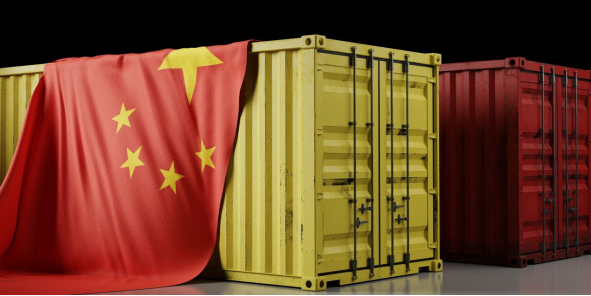
China’s Dominance Over Propellant Supply Threatens Global Military Powers; US, UK, and France Seek Alternatives Amid Critical Shortage
Fiona Nanna, ForeMedia News
4 minutes read. Updated 12:00PM GMT Mon, 9 July, 2024
China’s control over the supply of nitrocellulose, a critical material derived from Chinese cotton fibers, is raising significant concerns among the world’s leading military powers, including the United States, United Kingdom, and France. This monopolization is prompting these nations to seek alternative sources and work towards self-sufficiency in their ammunition supply chains.
Nitrocellulose is an essential component of propellants, pyrotechnic charges that combine combustible and oxidizing substances, allowing them to generate large volumes of combustion gases rapidly. These gases propel projectiles from firearms, artillery, and missiles, making propellants crucial for military operations. The shortage of these materials severely impacts a nation’s firepower, as evident in the ongoing conflict in Ukraine.
The Ukraine Conflict and Propellant Shortages
The Royal United Services Institute for Defence and Security Studies in the United Kingdom estimates that Russian forces fired around 20 million artillery and mortar shells in 2022 and 2023. Due to supply shortages, Ukraine’s ammunition consumption was approximately one-quarter of this amount. French President Emmanuel Macron highlighted the scarcity of gunpowder during a meeting with Kyiv’s allies in Paris on March 2, stating, “We have all become aware of the need to face up to the scarcity of some components, especially gunpowder. Powder is really what’s lacking today.”
Amos Dossi, a Senior Researcher at the Center for Security Studies (CSS) at ETH Zürich, estimates that Ukraine would need five medium-sized powder factories with an annual capacity of 2,000 tons to meet its demands. Currently, Ukraine lacks such production capabilities and relies on manufacturers from Argentina, Europe, and North America.
Global Efforts to Mitigate Dependence on Chinese Nitrocellulose
The United States, a net importer of nitrocellulose, is taking legislative steps to address this vulnerability. Republican members of Congress, led by Sen. James E. Risch and Rep. Tom Emmer, are advocating for an inventory of the U.S. gunpowder supply chain and recommendations to ensure sufficient supply for military and civilian use. Emmer emphasized the importance of securing the ammunition supply chain to enhance military readiness and support American manufacturing and Second Amendment rights.
The proposed legislation requires a report within 180 days on the sources of nitrocellulose, nitroglycerin, and acid production, along with recommendations for broadening production and preventing supply chain chokepoints. Russia, facing similar challenges, is also working to localize artillery gunpowder production from alternative raw materials like wood and flax pulp.
European Response and New Initiatives
The European Union is taking proactive measures to address the propellant shortage. The European Commission aims to produce two million shells annually by subsidizing factories to increase powder production. However, diversifying supply sources from countries like India and Thailand has proven inadequate, prompting investments in new solutions such as wood cellulose.
Modernization efforts are underway in existing European plants, including Rheinmetall (Germany), Eurenco (France), KNDS (Belgium), and Nammo (Norway). New facilities are planned in Hungary, Romania, and a historic site in Bergerac, France. Eastern European plants are also being converted to NATO standards.
Future Outlook and Challenges
Despite these efforts, upgrading and installing new plants in the Western world face significant challenges due to environmental regulations, energy and labor costs, and difficulties in finding suitable production sites and skilled workers. The reliance on conventional artillery in warfare means that gunpowder will remain in high demand, making it imperative to address the bottlenecks in its production and supply chain.
As modern weapons technology, such as electrically powered drones, laser weapons, and electromagnetic guns, continues to develop, the dependence on traditional artillery may decrease. However, for the foreseeable future, artillery will remain crucial, and ensuring a stable supply of propellants will be a significant challenge for governments worldwide.
For more information, visit Royal United Services Institute and Center for Security Studies.

